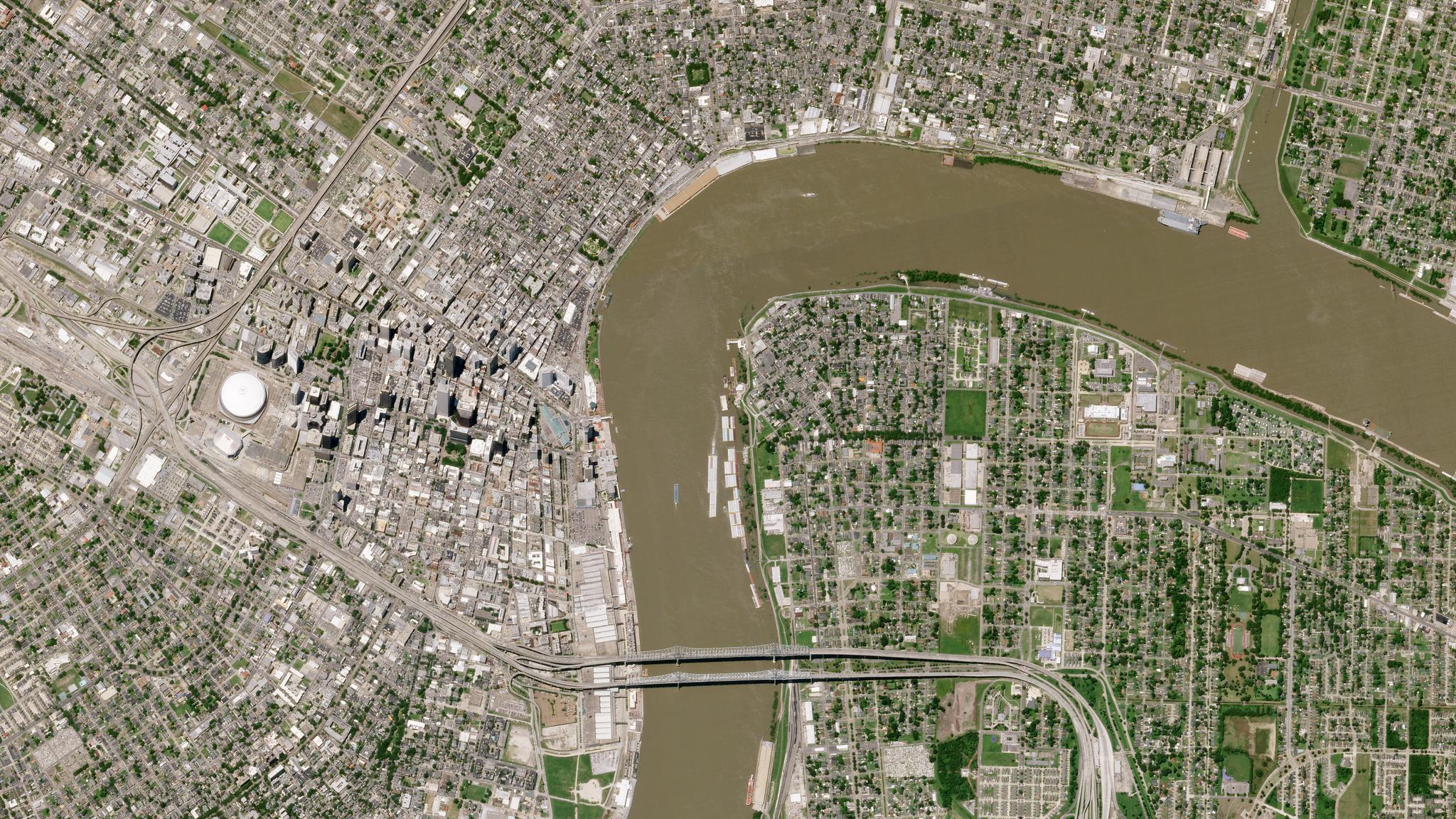More Sats. More Science.

SkySat image of New Orleans, Louisiana © 2017, Planet Labs Inc. All Rights Reserved.
StoriesThis past week, nearly 25,000 scientists, students, and professionals gathered in New Orleans, Louisiana for the largest Earth and space science meeting in the world - the American Geophysical Union (AGU) Fall Meeting. This annual conference brings together the best and brightest minds in pursuit of high quality science, knowledge and a more sustainable future. From tens of thousands of posters and oral research presentations to climate rapping keynotes and impromptu hallway brainstorm sessions, the flow of ideas, solutions and discoveries at the AGU conference is unparalleled. This year, Planet was joined by many members of our Education and Research Program, which enables university scientists and researchers to apply for non-commercial access to up to 10,000 km2 of data per month. With more than 1,000 users, members are now presenting, publishing, and socializing novel research made possible in part by Planet’s unique approach to Earth imaging. While many users were presenting their work on the scientific program, Planet also hosted a Town Hall featuring five of our “power users”. These users are some of the first to utilize Planet data into their research and are pioneering solutions incorporating small satellite data into remote sensing science. With insights and helpful feedback from these scientists, we are better equipped to improve the quality of our data and accomplish our goal to use space to help life on Earth.


Ready to Get Started
Connect with a member of our Sales team. We'll help you find the right products and pricing for your needs.

